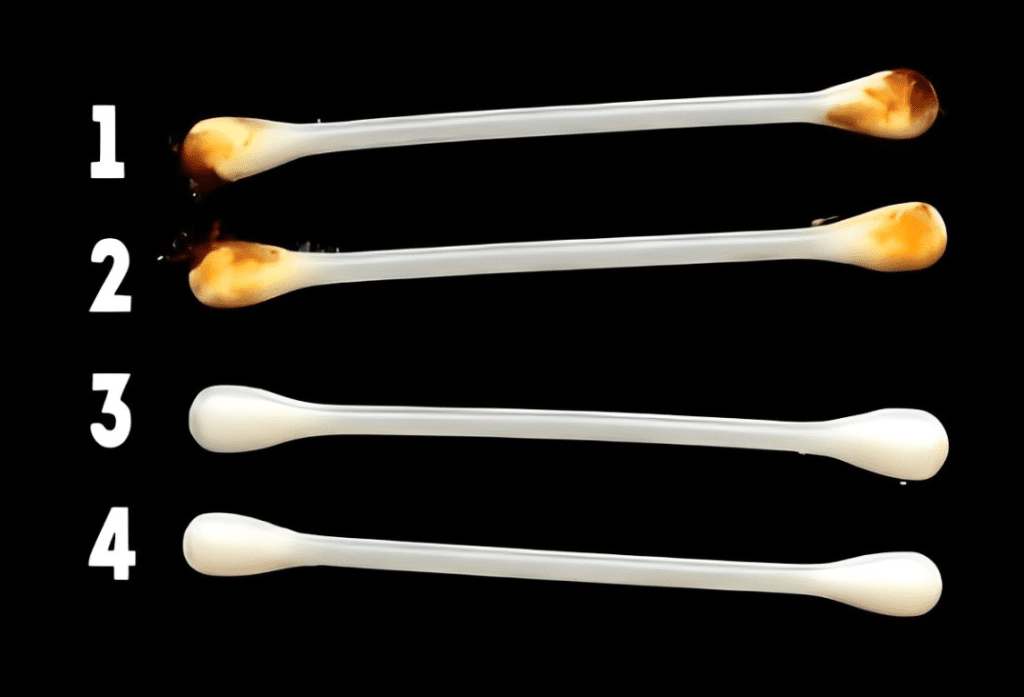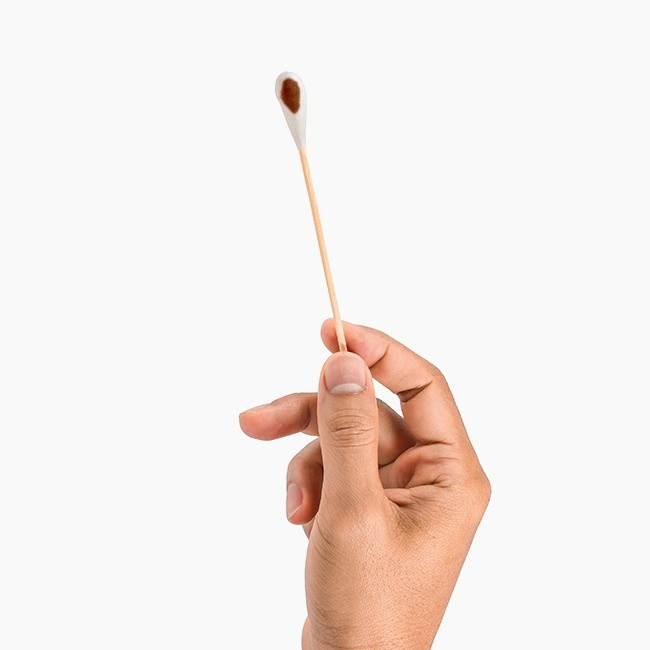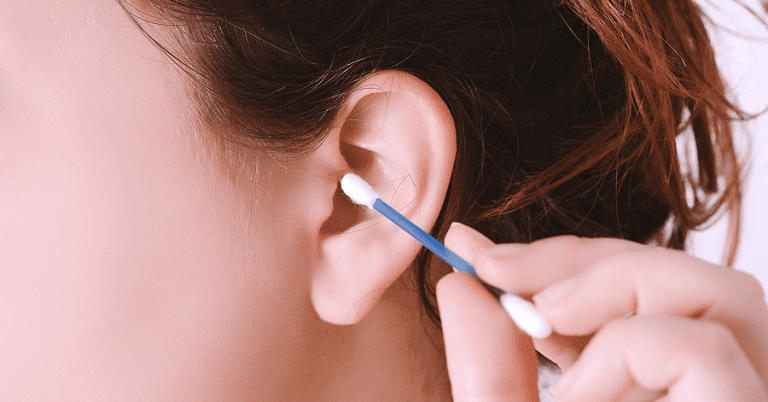Earwax, or cerumen as it’s medically known, often gets a bad reputation. Many people see it as a nuisance to be cleaned out regularly. However, this natural substance serves a critical role in maintaining ear health. It acts as a protective barrier, trapping dirt, bacteria, and debris to prevent infections. Beyond its protective function, the appearance, texture, or even smell of your earwax can reveal a surprising amount about your overall health.
So, the next time you clean your ears, pause and take note. Your earwax might be trying to tell you something important.
The Vital Role of Earwax in Your Health

Before diving into the signs your earwax might be sending, let’s explore why it’s more than just a bothersome byproduct:
- Protection Against Infections: Earwax traps harmful particles, preventing them from reaching the sensitive eardrum.
- Moisturization: It keeps the ear canal lubricated, preventing dryness and irritation.
- Antibacterial Properties: Earwax contains enzymes that help kill bacteria, reducing the risk of infections.
Overcleaning or aggressive ear cleaning can disrupt this natural defense system, leaving your ears vulnerable. But while earwax is a natural protector, changes in its appearance or texture could indicate underlying health issues.
8 Earwax Signs That Could Reveal Health Issues
1. Gray Earwax
Gray earwax might look unusual, but if there are no other symptoms, it’s often harmless. This color change can result from exposure to dust or pollution, particularly in urban environments. However, if you notice irritation or discomfort alongside gray wax, it’s a good idea to consult a healthcare professional.
2. Blood in Earwax
Seeing blood in your earwax is a red flag. It could indicate a perforated eardrum, an injury to the ear canal, or irritation from aggressive cleaning. Blood in earwax also increases the risk of infections like otitis media. If this occurs, seek immediate medical attention.
3. Dark Brown Earwax
Dark brown or excessive earwax can be linked to stress. High stress levels lead to increased cortisol production, which may trigger your body to produce more wax. If you notice this change, take time to relax and reduce stress. Regular meditation or quiet time can make a difference.
4. Black Earwax
A one-time occurrence of black earwax isn’t typically a cause for concern. However, if it’s accompanied by itching or happens frequently, it could point to a fungal infection, known as otomycosis. Medical evaluation and antifungal treatment are necessary to resolve this condition.
5. White Earwax
White earwax can indicate a deficiency in essential vitamins and minerals, particularly iron or copper. Boost your intake of nutrient-rich foods like beans, oats, and leafy greens to address these deficiencies. Persistent white earwax may require a consultation with a healthcare provider.
6. Strong-Smelling Earwax

Foul-smelling earwax is often a sign of a middle ear infection. Other symptoms might include hearing loss, a feeling of fullness in the ear, or pain. Prompt medical treatment is essential to prevent complications from the infection.
7. Liquid Earwax
A sudden shift to liquid earwax can signal an infection or irritation in the ear. This type of earwax may be your body’s way of flushing out harmful bacteria or debris. A visit to your doctor can help pinpoint the cause and provide appropriate treatment.
8. Dry Earwax
Dry earwax might indicate dehydration or a lack of essential fats in your diet. Drinking more water and incorporating healthy fats like avocados, nuts, and olive oil can help. In some cases, dry earwax could also be linked to skin conditions like eczema or dermatitis, requiring specialized care.
How to Keep Your Ears Healthy

Understanding what your earwax is telling you is only half the battle. Maintaining healthy ears requires a combination of proper hygiene and preventive care. Here’s how you can keep your ears in top shape:
1. Avoid Overcleaning
Your ears are self-cleaning. Excessive cleaning can strip away protective earwax and lead to irritation or infections. Stick to cleaning the outer ear with a damp cloth and let the earwax handle the rest.
2. Use Safe Cleaning Methods
If you feel the need to remove excess wax, opt for over-the-counter ear drops or seek professional help. Avoid using cotton swabs, as they can push wax deeper into the ear canal and potentially cause damage.
3. Stay Hydrated and Eat a Balanced Diet
Certain types of earwax may signal dehydration or nutritional deficiencies. Drinking plenty of water and eating foods rich in vitamins and minerals can improve your overall ear health.
4. Protect Your Ears from Noise and Pollution
Prolonged exposure to loud noises and pollutants can harm both your hearing and earwax quality. Use ear protection in noisy environments and limit exposure to polluted areas when possible.
5. Schedule Regular Check-Ups
If you notice persistent changes in your earwax, such as unusual colors, odors, or textures, consult a healthcare provider. Early detection can prevent minor issues from developing into serious conditions.
When to Seek Medical Attention

While most changes in earwax are harmless, certain signs warrant professional evaluation. Seek medical help if you experience:
- Persistent blood in your earwax
- A strong odor accompanied by hearing loss or pain
- Chronic itching or black earwax
- Sudden hearing loss or unexplained discomfort
Your ears are crucial for more than just hearing—they’re a key part of your overall health. Addressing potential concerns early can save you from future complications.
Conclusion: Listen to What Your Earwax Is Telling You
Your earwax might seem insignificant, but it can reveal a lot about your health. From stress and nutritional deficiencies to infections and injuries, the signs are there if you know what to look for. By paying attention to subtle changes and practicing healthy ear care habits, you can ensure your ears stay healthy and functioning well.
So the next time you clean your ears, don’t just brush away the wax—take a closer look. It might be giving you a glimpse into your body’s health, and understanding these signs could make all the difference. Keep your ears happy, and they’ll keep you tuned in to the world!


